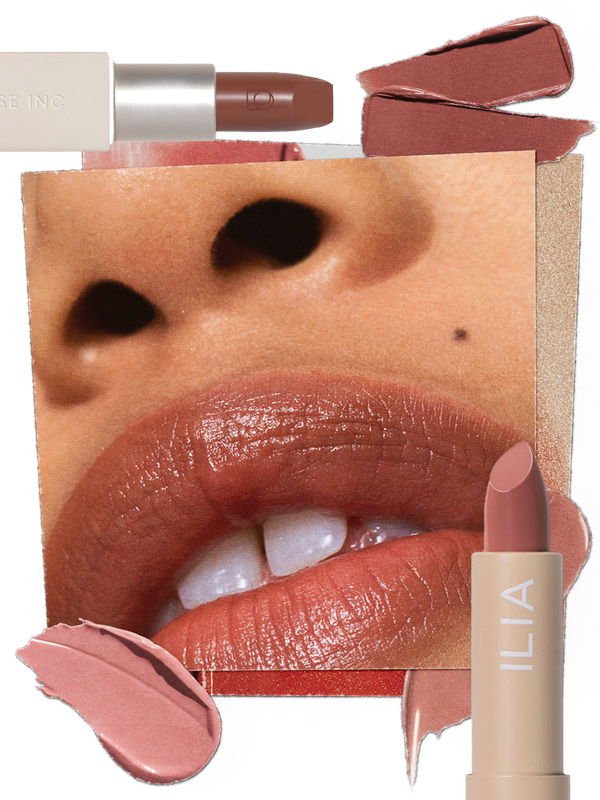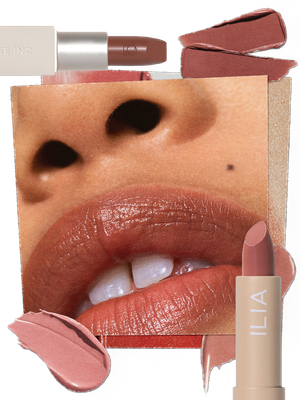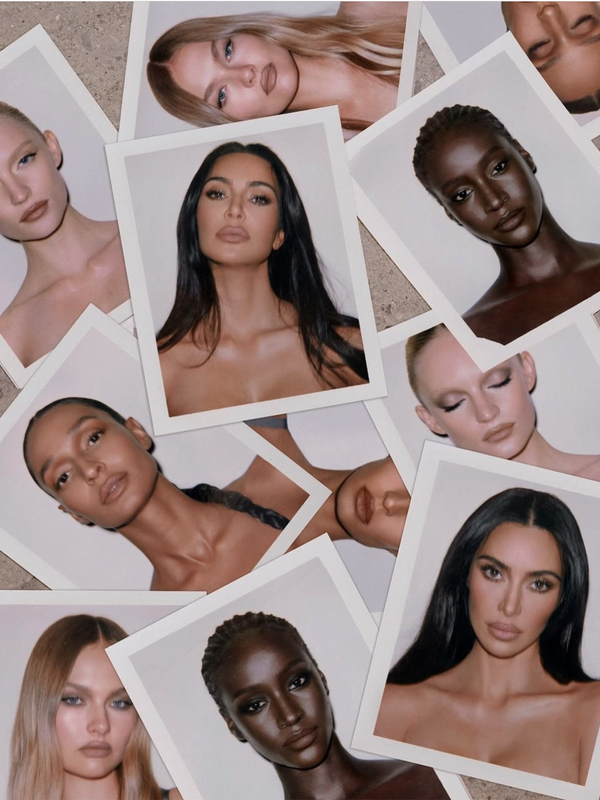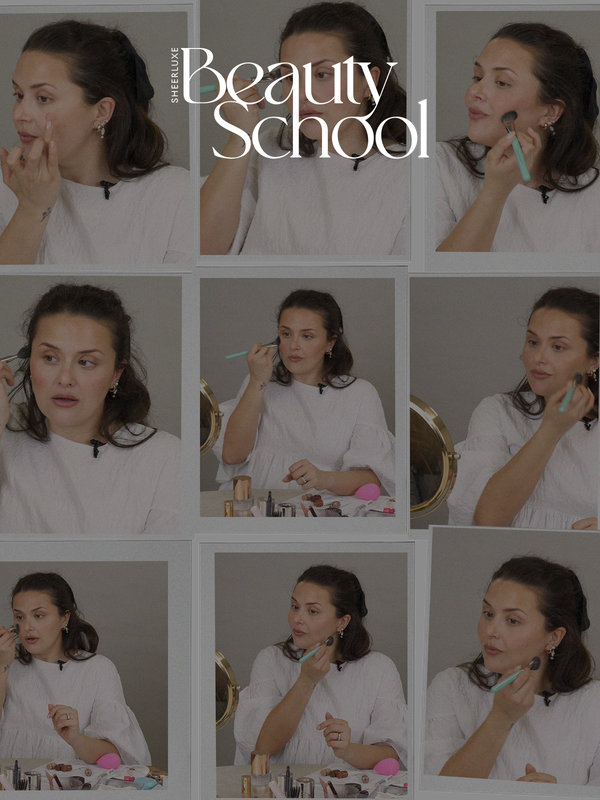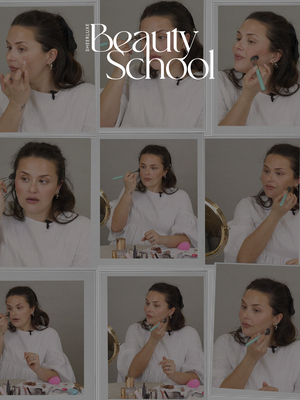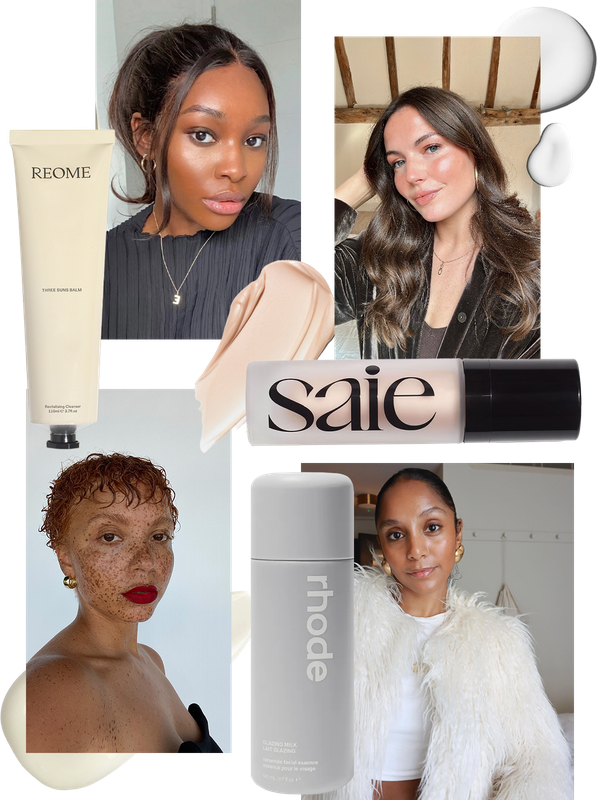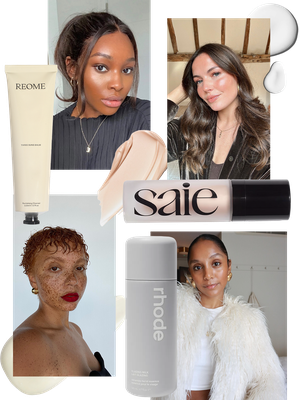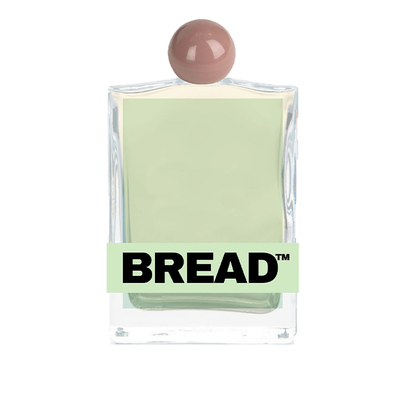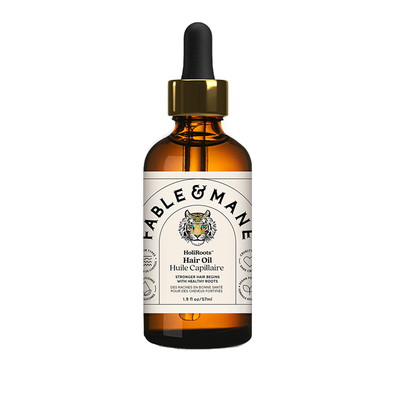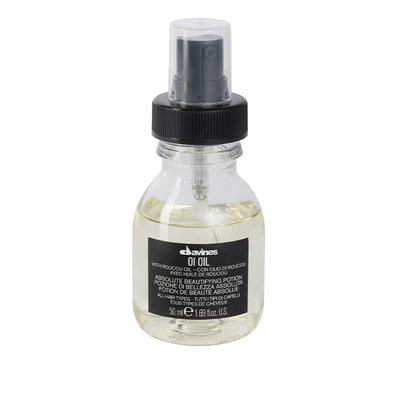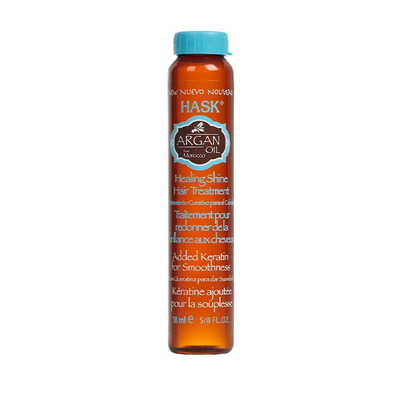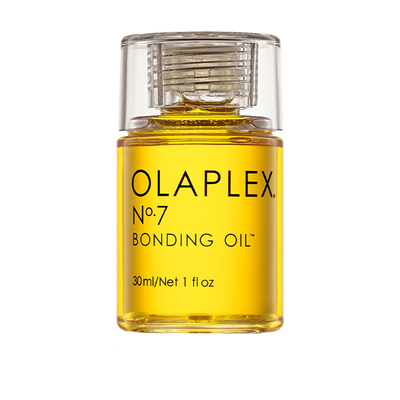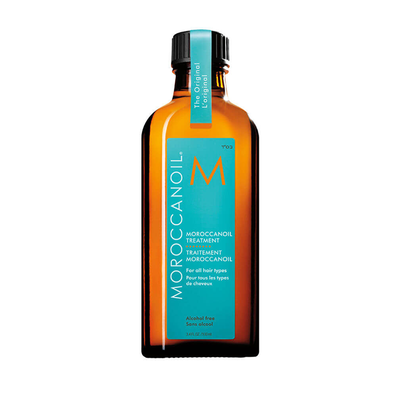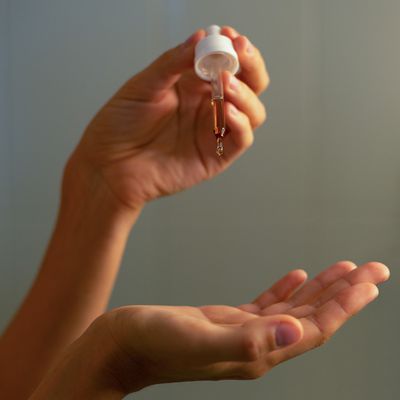
Why & How To Use A Hair Oil
All products on this page have been selected by our editorial team, however we may make commission on some products.
There Are Multiple Benefits
“Simply put, oil makes the hair stronger from the root, so it’s great for anyone struggling with loss or breakage,” explain the founders of Fable & Mane, Akash & Nikita Mehta. “They also gradually protect your hair follicles, as well as conditioning the scalp to promote better growth. If you look for oils containing Ayurvedic herbs (like amla, ashwagandha and brahmi), you can bring dry, thirsty strands back to life, as these ingredients are incredibly nourishing. Always try applying oils as a pre-wash treatment, as this allows it to soak into the shaft, making hair less vulnerable to breakage when it does eventually get wet.” Hair stylist Paul Jones agrees: “Oils are so underrated, yet they’re one of the simplest quick fixes. Our hair loses natural moisture at the hands of heat and chemicals, but an oil is one of the easiest ways to replenish hydration fast. They feed the hair with essential vitamins and nutrients to keep it healthy and in tip-top condition.”
It’s Important To Know How To Use Them
“Application is where people go wrong,” says Paul. “Start by putting a few drops of oil into your usual hair mask if you’re new to the game. Not only will this lend extra shine, it’s also an easy way to incorporate one into your regime without going full on and applying it all over. Once you feel more confident, apply it throughout the mid-lengths and ends to dry hair, before rinsing it off in the shower – this is one of the easiest ways to achieve speedy nourishment. You can also scrunch some into the ends of your hair to improve its appearance. Finally, do your research. A lot of people are nervous to use oils because of the added grease, but many are ‘non-residual’ now, including Moroccan Oil, which means your hair will absorb every last drop. The oil will also push out any water in the hair shaft to speed up drying time.”
There’s Something To Suit Everyone
“We’re always asked whether you should avoid oils depending on your individual texture. The answer is no,” explains Akash & Nikita. “Oil is good for everyone and every hair type as its sole job is to moisturise – which we can all benefit from. They are one of only a few formulas that can truly penetrate the hair shaft for speedy results. If your hair is particularly thick, opt for castor oil, which is known for its hydrating properties, and if strengthening your strands is your main priority, look for ashwagandha on the ingredients list. This helps build resilience to harsh environmental factors while keeping your scalp in peak condition.” Paul adds: “Argan oil is great for dry, broken hair. It’s rich in vitamin E, which is known for its strengthening properties, and you can use it solely on the ends of your strands to conceal split ends and improve their appearance. It’s also a brilliant remedy for repairing broken hair fibres.”
The Bottle It Comes In Matters
“This might sound odd, but you should always buy a hair oil that’s in a glass bottle – never plastic,” advises Paul. “Essential oils are kept in a glass bottle for a reason – it means they don’t sweat out the goodness. The bottles are generally dark in colour too so that sunlight doesn’t affect the quality of the oil. Both of these things apply to hair oil – when it’s in plastic, the oil will sweat and lose the minerals and vitamins that make it so beneficial in the first place.”
You Should Apply Them To Dry Hair
“You’ll find hair oils are best applied directly onto dry hair,” say Akash & Nikita. “Start the process by applying a few drops into your palms, then rub them together and evenly distribute the product throughout the hair. Apply a medium pressure until all of the oil is absorbed, but keep it gentle to avoid any tangling or breakage. Finally, use your fingers to comb any excess oil through, starting from the ends and making your way up to the root to minimise snagging. Leave the oil in the hair for five minutes, or better still, overnight, so it’s fully absorbed.” Paul adds: “Always keep application on the mid-lengths and ends – never the scalp or roots as you don’t want to clog up your follicles. Your hair shaft, however, will absorb the oil, nourishing it from within and locking in the moisture for a healthier appearance.”
Shower Steam Can Work Wonders
“Before you rinse out your oil, allow it to sit in your hair while you have a shower,” continues Akasha & Nikita. “The steam will help open up the follicles and cuticles, enabling the oil to penetrate even deeper into the hair shaft. How often you use them depends on your personal goals. For growth, use one two to three times a week, but if you’re only looking to strengthen, then once a week is plenty.”
Greasiness Shouldn’t Be An Issue
“In general, oils shouldn’t cause your hair to look greasy as they are mostly a pre-wash treatment,” finishes Akasha & Nikita. “However, as a precautionary tip, make sure you rinse your hair well with water first, then lather the shampoo in your hands first to ensure a thorough cleanse – do this twice if you’re prone to oiliness or excess sebum. Alternatively, if you want to leave it in for longer, comb it through before tying your hair up into a bun or a loose braid – you’ll still get the benefits, just without the greasy residue.” Paul agrees: “A common misconception around oils is they make your hair greasy – they really don’t. Even if you’re not washing them out, it’s all about how often you apply them if you want to keep lankness at bay. Rub the oil into your hands and then literally scrunch it in to wherever you feel it needs it the most. If your hair is textured or curly, you can get away with a thicker formula. If your hair is fine and soft, just use a tiny amount at the ends for extra shine.”
Shop The Experts’ Top Hair Oil Picks…
DISCLAIMER: We endeavour to always credit the correct original source of every image we use. If you think a credit may be incorrect, please contact us at info@sheerluxe.com.
